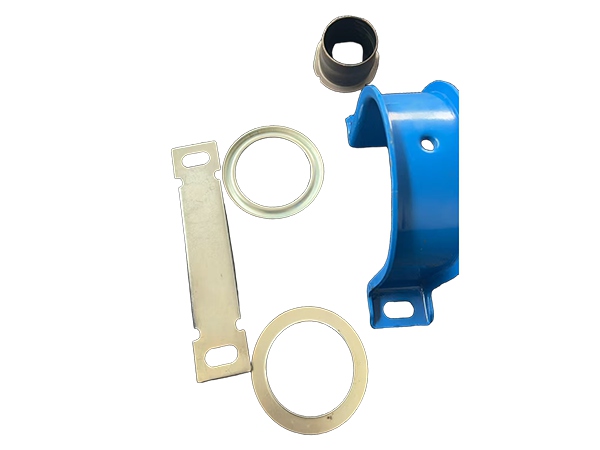
Automobile parts processing
Description: Automobile parts processing refers to the comprehensive set of manufacturing techniques and procedures used to transform raw materials into finished components that meet the precise specifications required for vehicle assembly. This field i...
Mobile:+86 15833366044
Email:info@hengyuntaimetal.com
Product Description:
Automobile parts processing refers to the comprehensive set of manufacturing techniques and procedures used to transform raw materials into finished components that meet the precise specifications required for vehicle assembly. This field is a cornerstone of the automotive industry, combining advanced technology, stringent quality control, and engineering expertise to produce parts that ensure safety, performance, and durability.
The process begins with design and material selection, where engineers choose appropriate metals (such as steel, aluminum, or alloys), plastics, composites, or ceramics based on the part's function. Common manufacturing methods include:
Stamping and Forming: Sheet metal is pressed into shapes using dies to create body panels, brackets, and structural components.
Casting: Molten metal is poured into molds to produce complex parts like engine blocks, cylinder heads, or transmission cases.
Machining: Computer Numerical Control (CNC) machines use cutting tools to sculpt parts from solid blocks of material with extreme precision, essential for components like pistons, shafts, and valves.
Forging: Metal is shaped under high pressure to enhance strength and durability, often used for critical parts like crankshafts and connecting rods.
Injection Molding: Molten plastic or composite material is injected into molds to create interior trim, dashboards, and electrical housings.
Additive Manufacturing (3D Printing): Increasingly used for prototypes, custom tools, and even end-use parts, allowing for complex geometries and rapid iteration.
Throughout these processes, quality assurance is paramount. Parts undergo rigorous inspections, including dimensional checks, material strength tests, and fatigue analyses, to ensure they meet industry standards such as those set by ISO or ASTM. Surface treatments like plating, painting, or heat treatment are applied to enhance corrosion resistance, appearance, or wear properties.
Automobile parts processing is highly automated and integrated with digital systems, enabling efficiency, scalability, and consistency. It plays a vital role in innovation, supporting the development of lighter, stronger, and more efficient vehicles, including electric and autonomous models. In essence, this discipline is the backbone of automotive manufacturing, turning innovative designs into the reliable parts that keep the world moving.
-

Common Issues and Safety Hazards of Insulation Layer Damage in Battery Press Plates
2025-08
-

In-Depth Analysis of Loosening Issues in Automotive Hardware Fittings
2025-08
-

Quality Control and Inspection Methods for Automotive Hardware Fittings
2025-08
-

Automotive Metal Stamping Parts: Process, Applications, and Advantages
2025-08




